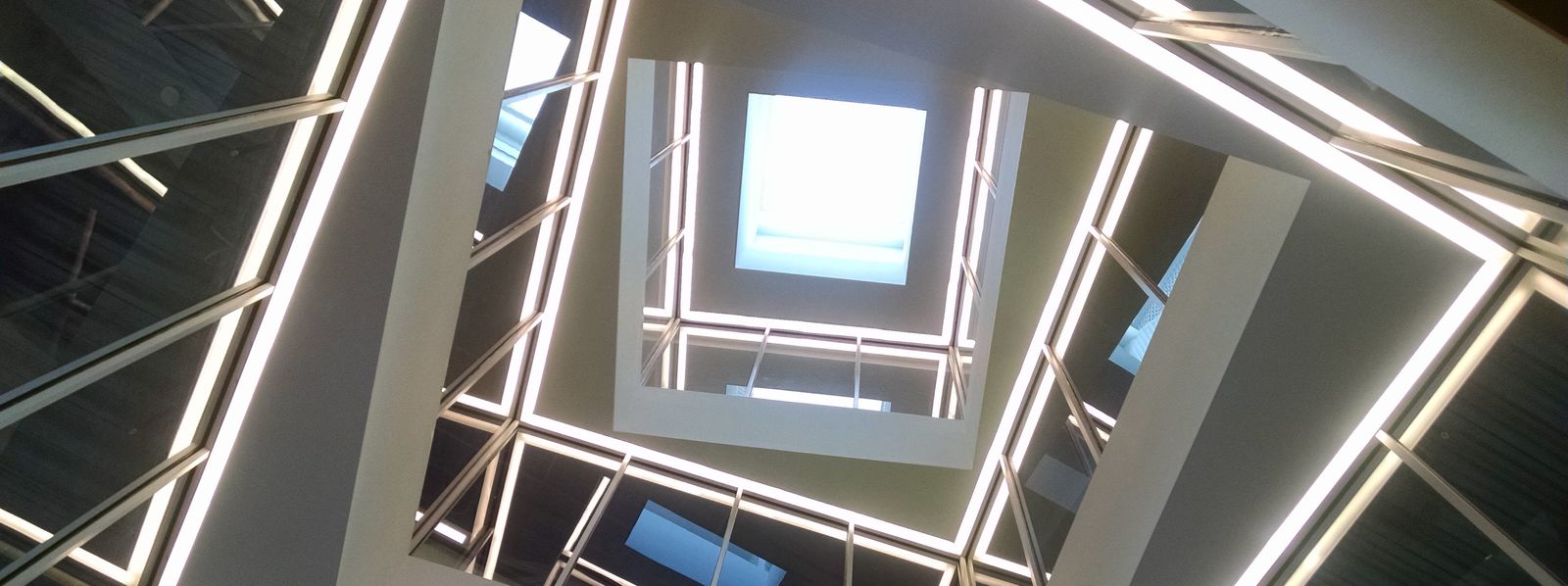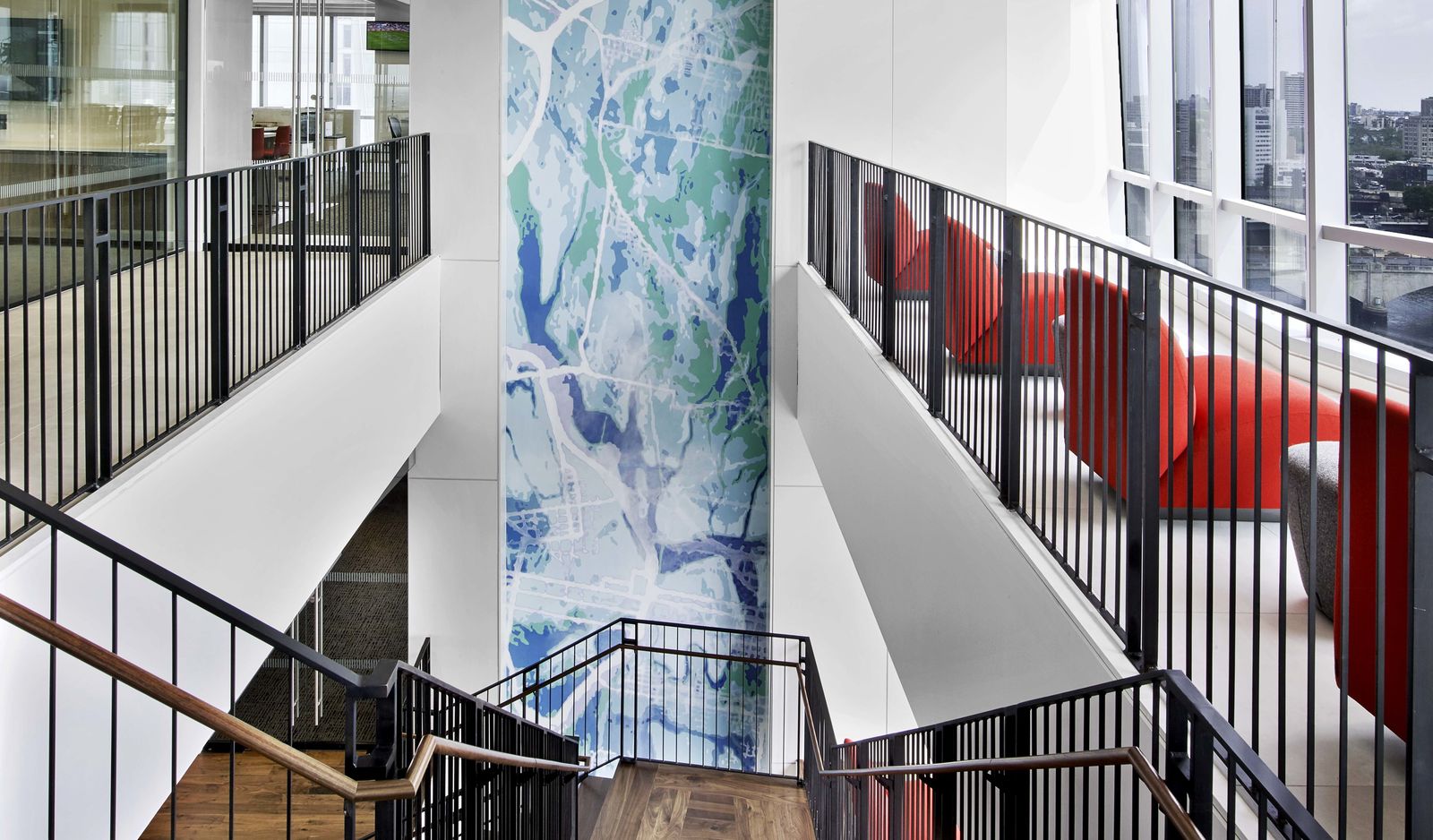Perhaps you’ve heard the statistic that we spend, on average, 90 percent of our time indoors…
…but if we’re honest with ourselves, many days we spend closer to 100 percent of our time inside, with only a very small fraction of us living and working in the great outdoors. Because we spend so much of our lives inside buildings, it stands to reason that wellness in the built environment has become a trending topic. Research has demonstrated the impact spaces have on mood, productivity, quality of sleep, and more. (1)
So how can we design spaces that promote health and wellbeing for the people that live, work, and play in them?
Standards like WELL and Fitwel have emerged, serving as guides for building designers, owners, managers, operators, and occupants interested in creating and modifying spaces that bolster human health. Other standards such as the Living Building Challenge, LEED, Enterprise Green Communities, and Passive House have incorporated varying health components into their criteria as well.
Below is a snapshot of several aspects that influence wellness in the built environment.

Light
Before artificial lighting was invented, people relied on the sun to guide the schedule of their days, dictating when they woke up, when they worked, and when they went to sleep. By designing spaces that mimic the sun’s natural rhythm, our bodies can be more in-tune with our own sleep-wake cycles, leading to longer, more restful sleep, and elevated alertness and cognitive function during the day.
Sound
Anyone who has ever worked in a factory, restaurant, or under an HVAC system knows how challenging it can be to focus on the task in front of them. Spaces that are designed to reduce volume and resonance can have positive impacts on occupant mood and worker performance.
Thermal Comfort
Thermal comfort is influenced by temperature, moisture, and the movement of air. Occupant wellbeing can be greatly improved when indoor environments are modified to accommodate personal preferences around these thermal elements.
Materials
Flooring, carpet, furniture, and paint are all around us, and can contain toxic chemicals that off-gas at room temperature. Having materials that are low in toxins or toxic-free can help prevent negative health outcomes such as headaches, sore throats, and in worse case scenarios, nervous system damage.


Food and Water
Vending machines, kitchens, and nearby corner stores and restaurants that carry nutritious foods can positively influence the decisions we make around eating, thereby positively impacting our blood glucose levels and overall health. Having access to water that is free from toxins is also important, and a basic human need.
Movement
Most of us lead sedentary lives – whether it’s in a car, on transit, in front of a screen, or with other people. Creating opportunities for movement throughout the day helps keep our brain, heart, and bones healthy
Social Opportunities
When we look at the populations from around the world that live the longest (and healthiest) lives, we see that social connection is highly valued. Designing spaces that foster interaction can help create a sense of collaboration and community, contributing to the overall health and happiness of occupants.
You’ll learn more about health and wellness in the built environment in future blog posts.
Please contact Leah Wirgau, Education & Engagement Director, with questions.
1. Indoor Environments and Health: Moving Into the 21st Century


